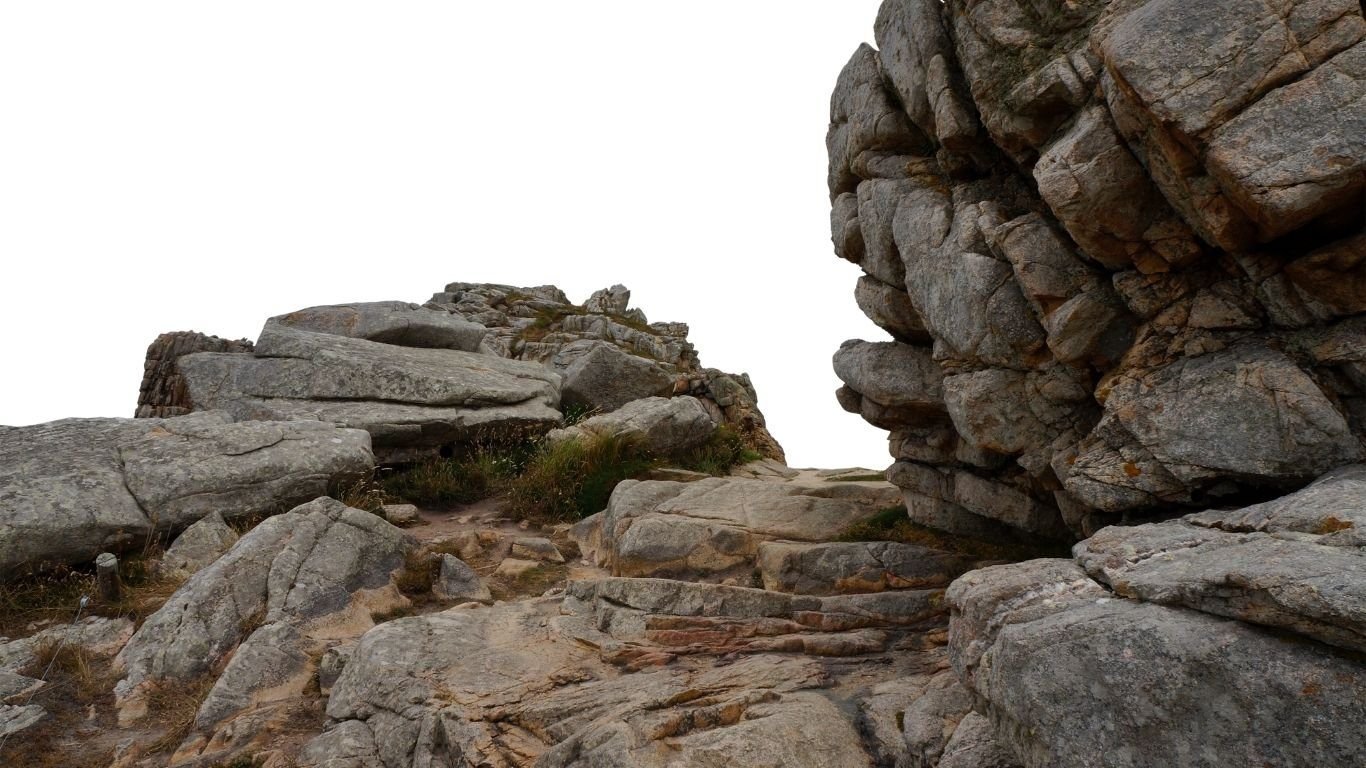The Nuvvuagittuq Greenstone Belt, situated along the eastern shore of Hudson Bay in Quebec, Canada, stands as one of Earth’s most remarkable geological formations. This ancient rock formation, dating back over 4.16 billion years, holds the title of containing some of the oldest rocks on Earth. Preserved within the Canadian Shield, the Nuvvuagittuq Greenstone Belt is not just a collection of ancient stones it’s a time capsule that reveals the secrets of Earth’s formation, early tectonic activity, and even the origins of life.
But what makes the Nuvvuagittuq Greenstone Belt so special? Why are scientists and locals so invested in its preservation? Let’s explore the fascinating story of this geological wonder and why it’s one of the most important discoveries in Earth’s history.
What Is the Nuvvuagittuq Greenstone Belt?
The Nuvvuagittuq Greenstone Belt is a geological marvel, part of the Canadian Shield, one of the oldest and most stable parts of Earth’s crust. This ancient formation contains a variety of rock types that tell the story of a young, chaotic Earth:
- Banded Iron Formations (BIFs): These layered rocks of iron and silica hint at ancient oceans and the early atmosphere.
- Pillow Basalts and Sheeted Dikes: Volcanic rocks that formed underwater, suggesting the Nuvvuagittuq Greenstone Belt was once part of Earth’s primordial oceanic crust.
- Amphibolites and Ultramafic Rocks: Rich in magnesium and iron, these rocks may hold clues about the Earth’s mantle billions of years ago.
What’s truly remarkable is that these rocks have survived billions of years of tectonic activity, which usually recycles Earth’s crust. This makes the Nuvvuagittuq Greenstone Belt a rare and invaluable resource for understanding the planet’s early history.
How Old Is the Nuvvuagittuq Greenstone Belt?

The age of the Nuvvuagittuq Greenstone Belt has been a topic of intense debate among geologists. Early studies suggested the rocks could be as old as 4.3 billion years, placing them in the Hadean Eon, the earliest chapter of Earth’s history. However, some researchers argued that contamination and chemical changes over time might have skewed these results, proposing a younger age of 3.8 billion years.
The debate took a major turn recently when a team of researchers, led by Jonathan O’Neil from the University of Ottawa, revisited the site. Using advanced radiometric dating techniques, they analyzed a previously unexamined section of the belt. These methods, which measure the decay of radioactive isotopes like samarium and neodymium, confirmed the rocks’ age at 4.16 billion years. Both dating methods gave identical results, finally settling the long-standing debate.
This discovery cements the Nuvvuagittuq Greenstone Belt’s status as one of the oldest known rock formations on Earth, rivaling the Acasta Gneiss Complex in Canada’s Northwest Territories, which is about 4.03 billion years old.
Why Is the Nuvvuagittuq Greenstone Belt Important?
The Nuvvuagittuq Greenstone Belt isn’t just a collection of old rocks it’s a window into Earth’s formative years. These rocks were formed just a few hundred million years after the planet itself, during a time when Earth was transitioning from a molten, chaotic state to a more stable world with a solid crust and oceans.
Clues About Early Life
One of the most exciting aspects of the Nuvvuagittuq Greenstone Belt is its potential to reveal clues about the origins of life. Scientists have found iron and carbon concretions in the belt’s mineral veins that bear a resemblance to present-day microorganism. If these structures are indeed biological in origin, they could represent the oldest evidence of life on Earth, dating back to just 200 million years after the planet’s formation. This finding has the potential to transform our understanding of the origins and timeline of life.
Insights Into Early Earth
The Nuvvuagittuq Greenstone Belt offers a glimpse into Earth’s ancient environment. The presence of banded iron formations suggests that the planet’s early oceans were rich in iron, which played a crucial role in shaping the chemistry of the atmosphere and oceans. These insights help scientists piece together what Earth looked like billions of years ago.
The Science Behind the Nuvvuagittuq Greenstone Belt
The recent study that confirmed the Nuvvuagittuq Greenstone Belt’s age was a collaborative effort involving researchers from the University of Ottawa, Carleton University, and Université Clermont Auvergne in France. The team collected samples from the belt in 2017, focusing on magmatic rocks that had crystallized before reaching the Earth’s surface. These rocks are particularly valuable for dating because they contain radioactive isotopes that act as natural “clocks,” recording the time of their formation.
By combining petrology (the study of rocks) and geochemistry, the researchers applied two independent radiometric dating methods. The consistency of the results provided a high degree of confidence in the findings, solidifying the Nuvvuagittuq Greenstone Belt’s place in Earth’s geological history.
Protecting the Nuvvuagittuq Greenstone Belt
While the Nuvvuagittuq Greenstone Belt is a scientific goldmine, it’s also a site of cultural and environmental significance. The belt is located on the tribal lands of the Inuit community in Inukjuak, Nunavik. Over the years, concerns have grown about the impact of scientific expeditions on the site. Large chunks of rock have been removed, and some have even appeared for sale online, prompting the community to temporarily restrict access.
The Inuit community, led by the Pituvik Landholding Corporation, is now advocating for the creation of a provincial park to protect the Nuvvuagittuq Greenstone Belt. This initiative aims to balance the need for scientific research with the preservation of the site. “We understand the interest in these rocks,” said Tommy Palliser, a community leader. “We just don’t want any more damage.”
The Nuvvuagittuq Greenstone Belt vs. Acasta Gneiss
Canada is home to more than just the Nuvvuagittuq Greenstone Belt when it comes to ancient rock formations. The Acasta Gneiss Complex, located in the Northwest Territories, was previously considered the oldest known rock formation, with an age of about 4.03 billion years. While the Acasta Gneiss represents some of the oldest continental crust, the Nuvvuagittuq Greenstone Belt’s volcanic and magmatic rocks offer a different perspective, providing insights into the formation of Earth’s oceanic crust.
Together, these formations paint a more complete picture of Earth’s early history, from the formation of its crust to the emergence of life.
The Importance of the Nuvvuagittuq Greenstone Belt for the Future
The Nuvvuagittuq Greenstone Belt isn’t just about understanding the past it’s also about shaping the future. By studying these ancient rocks, scientists can gain insights into the processes that shaped our planet and the conditions that made life possible. These findings also have implications for the search for life beyond Earth, offering a model for how life might arise on other planets.
As research continues, the Nuvvuagittuq Greenstone Belt will undoubtedly yield more discoveries, deepening our understanding of Earth’s history and its place in the universe. At the same time, efforts to protect the site ensure that this remarkable formation will remain a source of inspiration and knowledge for generations to come.
Conclusion: A Geological Time Capsule
The Nuvvuagittuq Greenstone Belt is more than just a collection of ancient rocks it’s a storybook of Earth’s earliest days. With rocks dating back over 4.16 billion years, this formation offers a rare glimpse into the planet’s formative years, providing valuable insights into the processes that shaped our world and the conditions that gave rise to life. By studying this ancient formation, scientists are not only revealing the mysteries of the past but also paving the way for future breakthroughs.
At the same time, the efforts of the Inuit community to protect the Nuvvuagittuq Greenstone Belt highlight the importance of balancing scientific exploration with cultural and environmental preservation. This geological wonder is a reminder of how much we still have to learn about our planet and how important it is to protect the places that hold those lessons.
Thanks for visiting Globalexpressinfo.com. Don’t forget to share it on Twitter.






